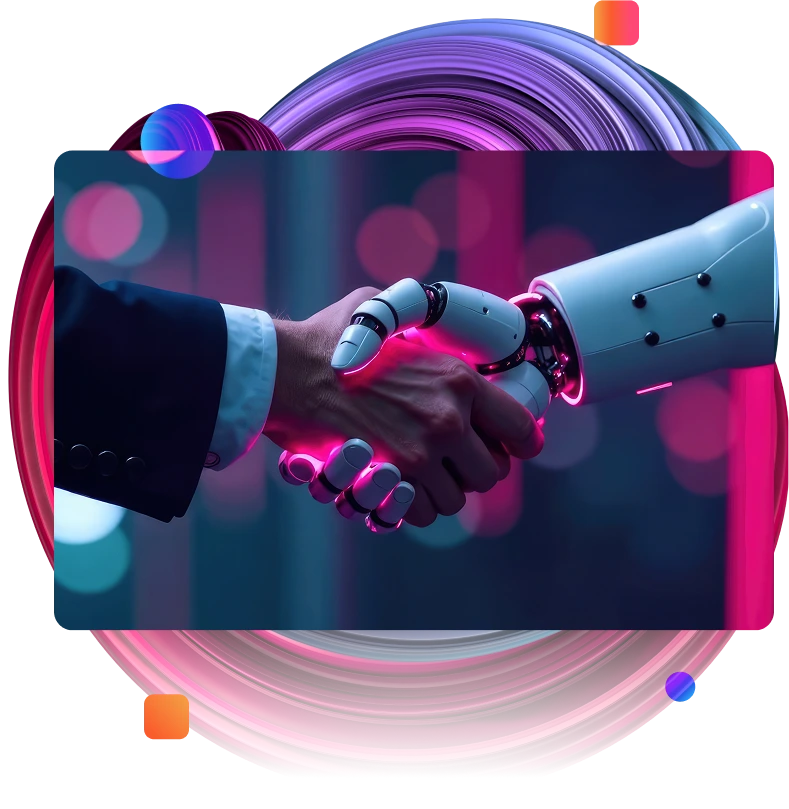Meet Ada, Your AI Innovation Partner
Ada helps you explore ideas, solve challenges, and accelerate your digital transformation journey.
Launch a conversation and see what’s possible.

Trusted by Leading Organisations
.webp)
.webp)
.webp)
.webp)
.webp)
.webp)
.webp)
Build Your Software Development Dream Team
From faster onboarding to stable, long-term teams. We make it easy to grow with talent you can trust.
Top 1% of Global Talent
We rigorously screen thousands of developers to select only the top 1% who demonstrate exceptional technical skills, cultural fit, and proven track records with Australian businesses.

Rigorous Matching Process
Our comprehensive vetting system evaluates technical expertise, cultural alignment, and project compatibility to ensure every developer we place becomes a seamless extension of your existing team.
Strategic Partnership Approach
We invest in understanding your business goals, technical requirements, and company culture to deliver solutions that drive measurable outcomes and long-term competitive advantage for your organisation.
Exceptional Talent with 4.5 Year Retention
Our developers stay committed to your long-term success. With an industry-leading 4.5-year average retention rate, you get continuity, deep project knowledge, and lasting partnership value.

Seamless Team Integration
Your dedicated developers are trained in your business practices and integrate effortlessly with your workflows, communication styles, and project methodologies from day one of collaboration.

Do More With
Artificial Intelligence
Transform your development capabilities with AI-powered solutions that accelerate delivery, enhance code quality, and unlock new possibilities for innovation across your entire technology stack.
AI Pods
Elite AI-enhanced development teams delivering breakthrough performance using cutting-edge tools like Lovelace for unmatched technical superiority.
Next-Generation Development: AI-augmented elite developers creating solutions beyond traditional development capabilities.
Innovation Leadership: Pioneering AI-assisted methodologies that establish new standards for technical excellence.
Transformational Results: Superior code quality and architectural innovation that drives exceptional business value.
Perfect for visionary companies demanding breakthrough technology and innovation.
AI Readiness
Transform your business with strategic AI implementation that delivers measurable competitive advantage and innovation leadership.
Strategic AI Leadership: Elite consultants architect enterprise-wide AI transformation strategies for market dominance.
Innovation Acceleration: Advanced AI integration that revolutionises your product capabilities and market position.
Technical Excellence: Deep AI expertise ensures sophisticated implementation that drives superior business outcomes.
Ideal for forward-thinking enterprises ready to lead their industries through AI innovation.
AI Transformation
Transform your entire organisation with enterprise-wide AI implementation that revolutionises operations and competitive positioning.
Strategic AI Leadership: Complete AI integration across all business functions for market dominance and innovation excellence.
Cultural Evolution: Organisation-wide AI adoption with comprehensive training and change management.
Competitive Advantage: Market-leading AI capabilities that establish significant differentiation.
Ideal for organisations ready for comprehensive AI revolution.
Staff Augmentation
Access elite technical talent that seamlessly integrates with your team, bringing exceptional expertise and innovation capabilities to accelerate your most ambitious technology initiatives and strategic objectives.
Handpicked elite developers with proven track records delivering breakthrough solutions for leading Australian enterprises.
Strategic technical leadership that elevates your existing team capabilities and drives innovation excellence.
Seamless cultural integration with deep understanding of Australian business practices and technical standards.
.webp)
.webp)
Managed Teams
Build your strategic offshore development centre with an elite dedicated team that operates as your innovation partner, delivering exceptional technical solutions while driving continuous business value.
Elite development teams handpicked for technical excellence and strategic alignment with your innovation objectives.
Deep partnership commitment with continuous knowledge building and long-term technical leadership capabilities.
Strategic ownership model ensuring consistent breakthrough delivery and evolving technical sophistication.
.webp)
Start Your Journey With Us
Connect with us today to explore how we can elevate your technology team performance.

Stay Updated with Adaca
Subscribe to our newsletter for the latest insights and updates on technology teams.




.webp)

